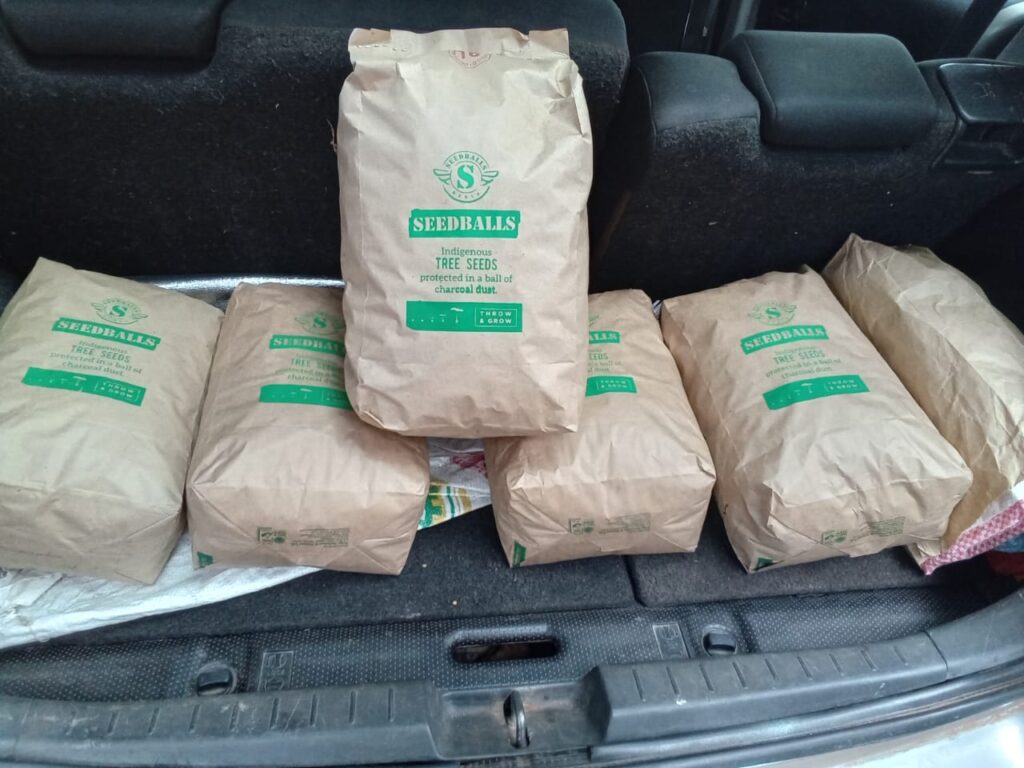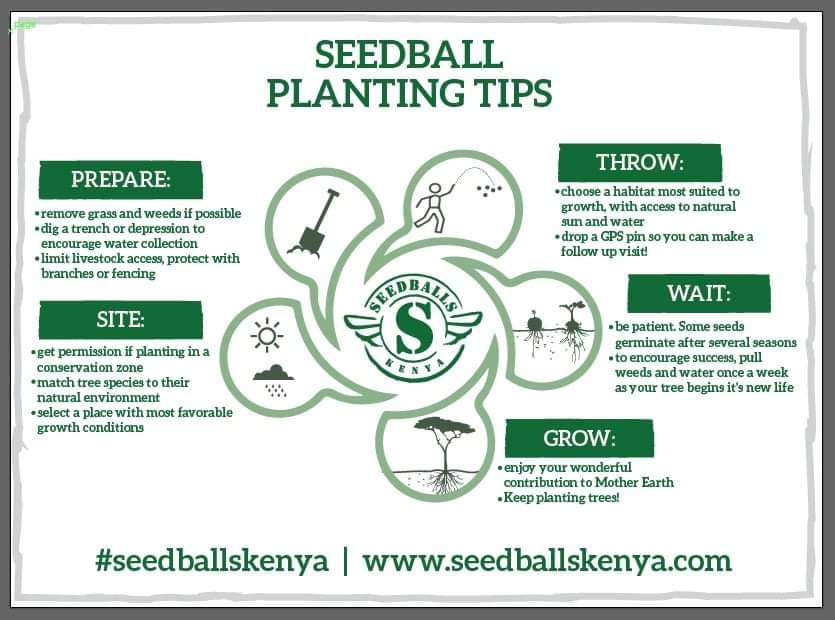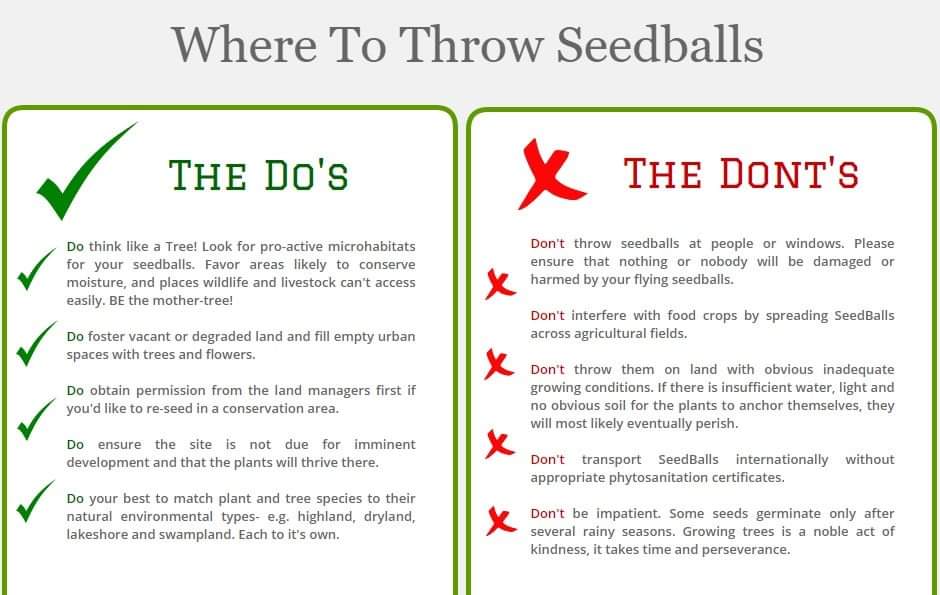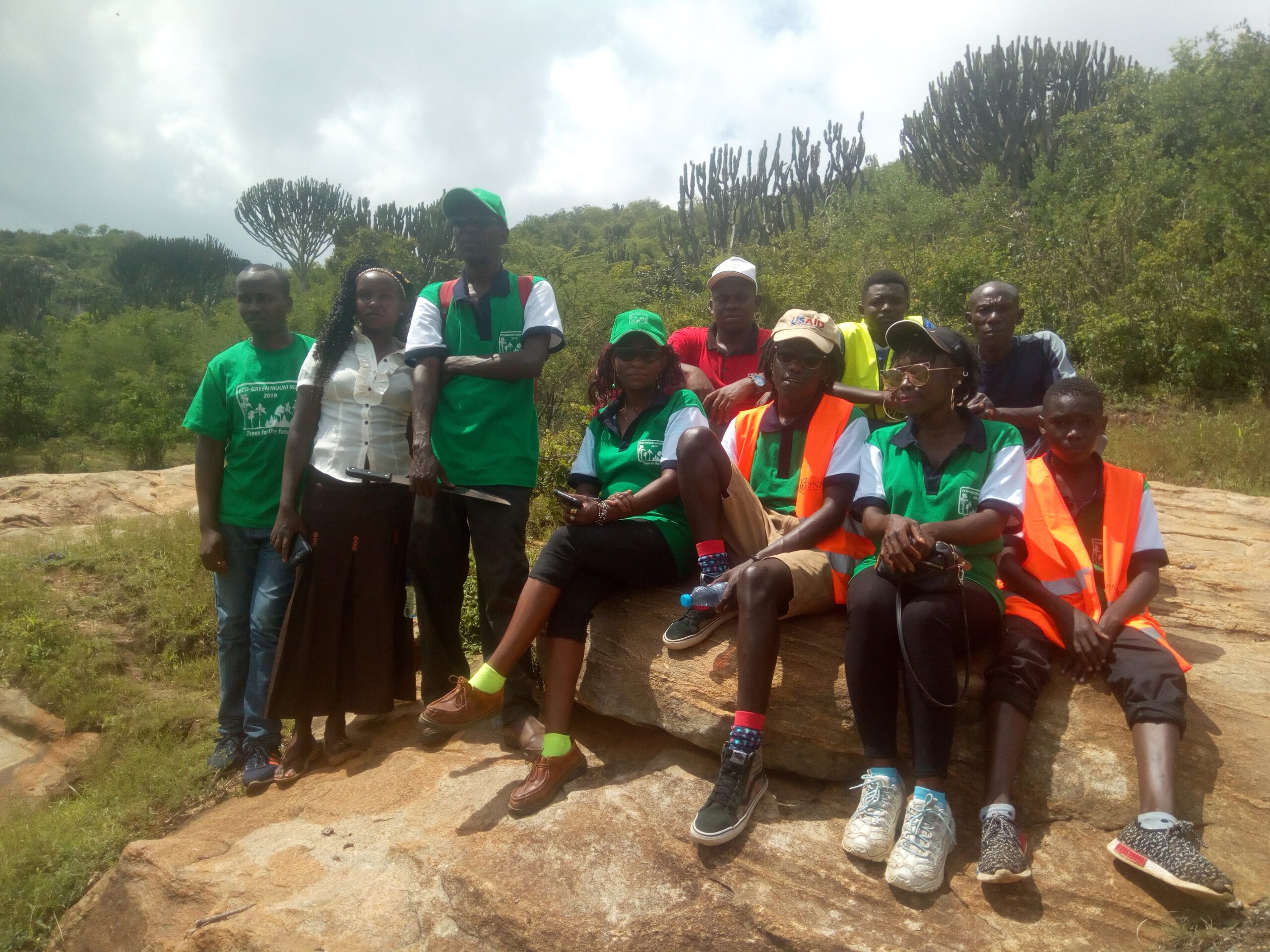Eco Green Initiative acknowledges receipt and appreciates a donation of 25kgs of indigenous trees seedballs from SEEDBALLS KENYA.
The indigenous trees seedballs were picked by Cynthia Mueni, the Eco Green Initiative Secretary from Seedballs Kenya warehouse in Nairobi on 30 November 2022.

Asante sana Teddy Kinyanjui for your faith in Eco Green Initiative.
We appreciate the continued support and partnership.
Here are some planting tips to give your seedballs (or any direct tree seeding planting) the best chances!! 🌱🌱
We find that first and foremost it is most important to closely observe the areas you plan on growing your trees on for patterns of naturally occurring forest regeneration.

Planting in favorable microsites protects seedlings from potentially harmful conditions and greatly improves the probability of survival to maturity.
This is especially true in areas of high animal use, high insolation (sun) rates, and extreme winds. To take advantage of microsites the spacing requirements may need to be adjusted to mimic natural regeneration.
Tree seeders must evaluate local site conditions to assure the required microsite is best fitted to the species of tree you are growing.

- Areas of High Animal Use.
Cattle, shoats and wildlife damage is a major cause of trees not reaching maturity. Cattle generally trample the seedlings and goats and wildlife tend to feed on the plants. Plant seedballs near logs, stumps, or rocks where they are protected, which will inhibit trampling and animal browsing. If you can – find old acacia tree twigs or other thorny branches to cover the emerging seedlings with during their delicate first few months of growth. - High Insolation (sunshine).
High insolation results in heat and moisture stress to the seedling and can cause mortality on any sites. Too much direct heat to the tree seedling affects the physiology of the tree causing water maintenance deficits. Out of season prolonged insolation can also cause the seedlings to dry up and die or stunt growth. These types of damage typically intensify on exposed slopes over 30 percent.
Stationary shade such as stumps, rocks and larger logs provide the best on-site protection. On south and west slopes, plant on the north to east side of the stationary shade to protect the seedling from the afternoon sun. Where existing (stationary) shade is not present, other transportable shade types can be used in most cases.
You can use pieces of wood or branches that are larger than 3 inches in diameter, rocks, staked shingles, shade cards, and other material. Rocks should not touch the tree. Although it is beneficial to shade the entire crown of the seedling, the most critical area needing shade is the ground line. This is where insolation rates raise soil temperatures above the lethal point.
It is important to note that too much shade can actually be detrimental to various stages of plant growth so be careful to monitor and adjust accordingly. - Competition with other vegetation.
Make sure you throw your seedballs into areas that have the most conducive conditions for growth like places that have recently been dug up or the soil is otherwise disturbed. Many trees can outlast the post rains grass and forb flush and grow above the shade layer in a year or two but when they are very small it is easy for them to sometimes get competed out by other plants. Where and when you can afford too weeding and any form of site preparation will give the trees a much needed boost. Just remember to mulch them! - Water catchments.
This is especially important for dryland trees, try to always distribute your seedballs in a places where they wont easily be washed away by heavy rain but also in any dips where water pools up and soaks into the ground. This extra ground water can be critical for not only starting off germination but also giving the tree seedling a boost later in the coming dry seasons. - Monitor and Evaluate.
Follow up on where you planted your seedballs as often as you can to learn from the successes and failures of it.


